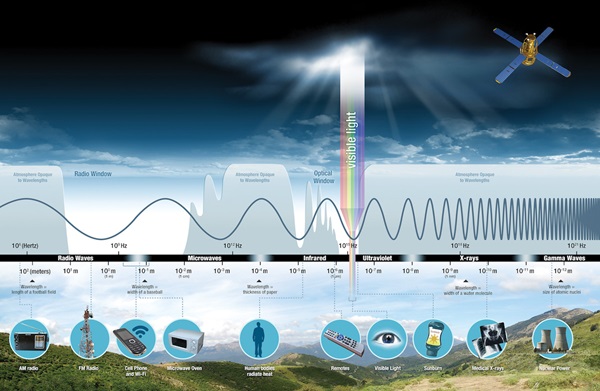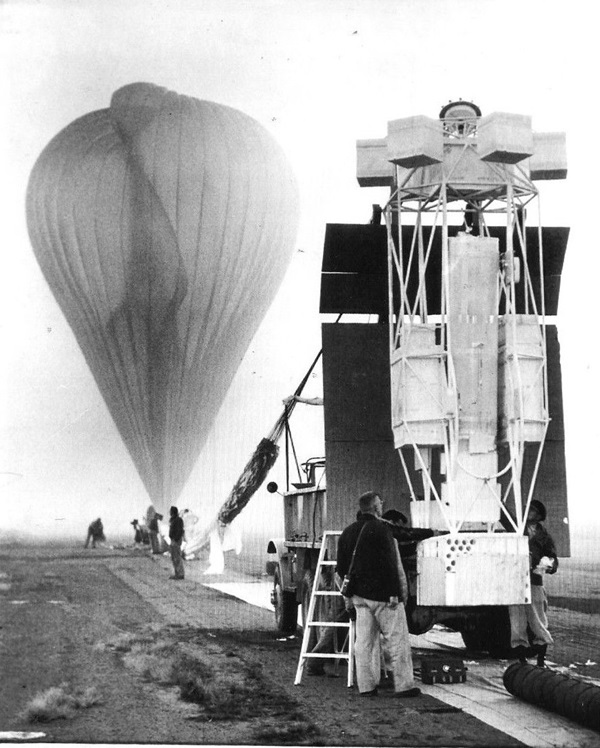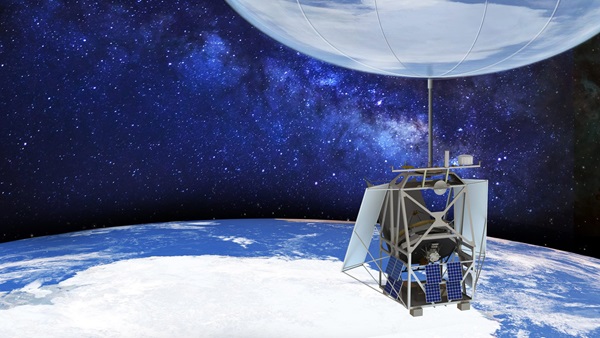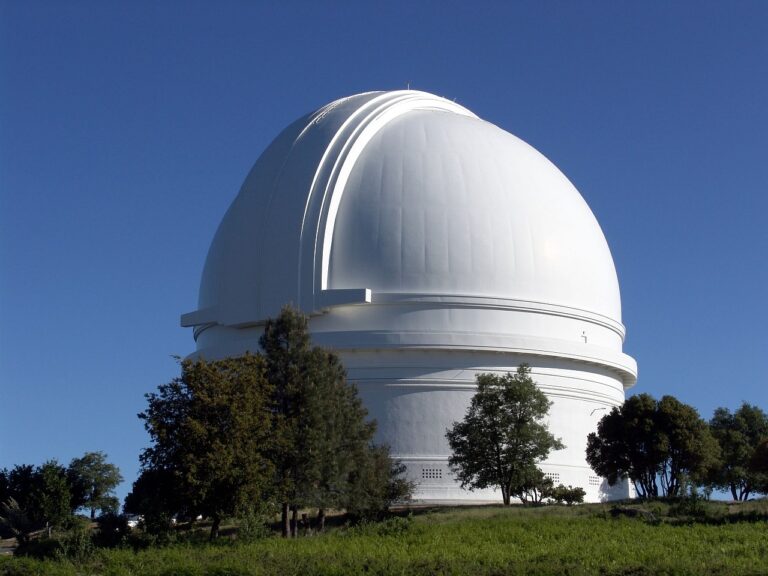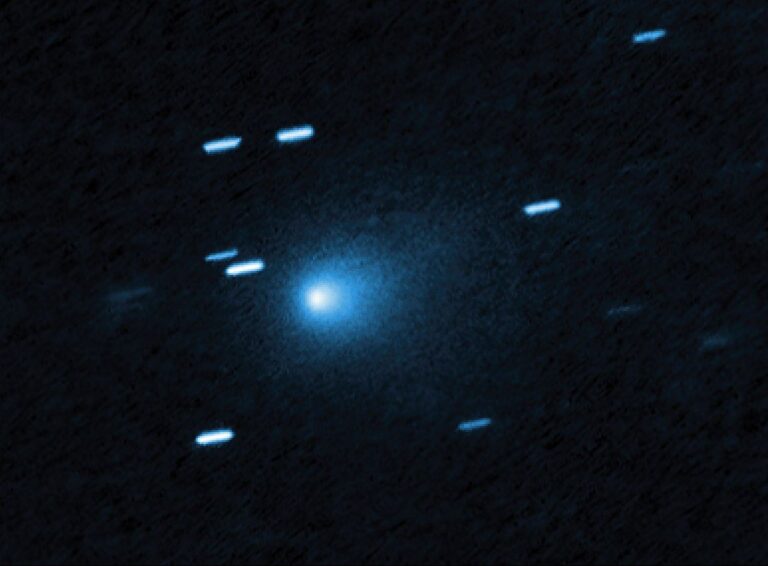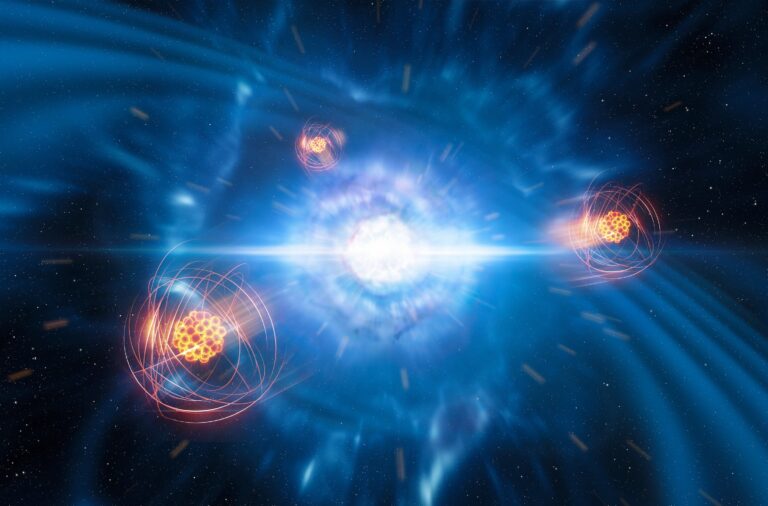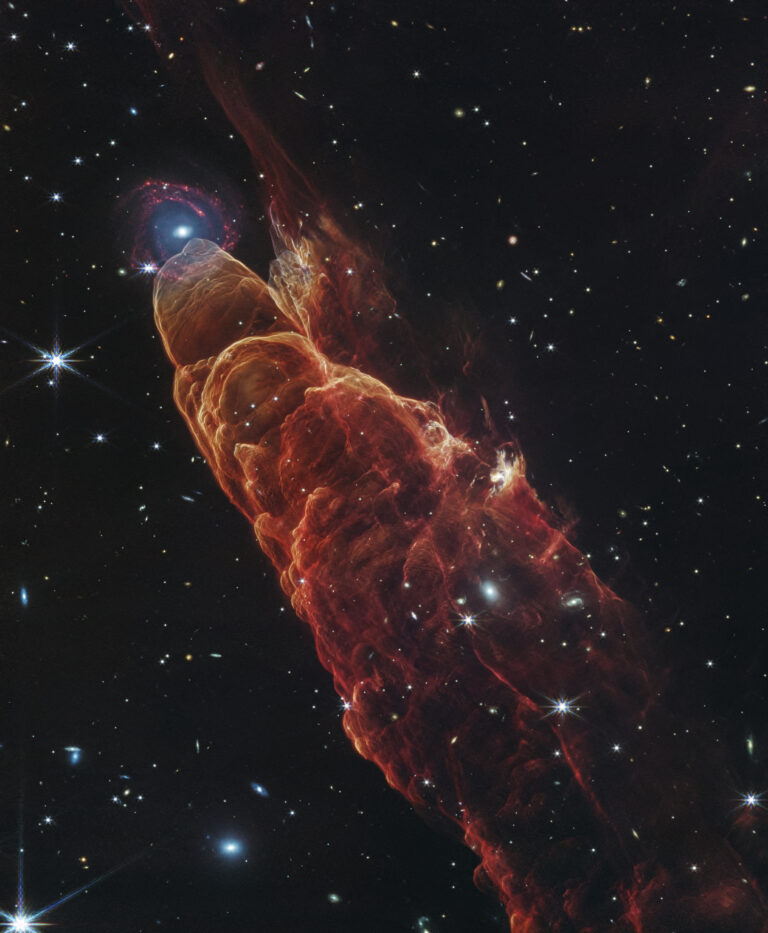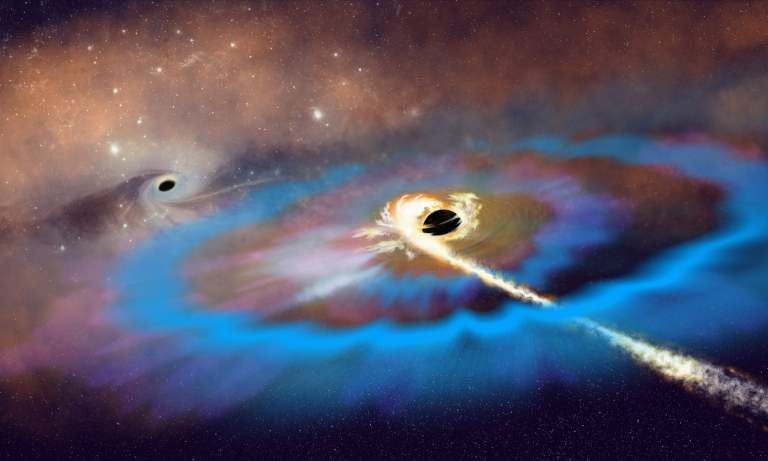Key Takeaways:
- Atmospheric interference significantly limits ground-based astronomical observations across various wavelengths, necessitating high-altitude or space-based alternatives.
- Balloon-borne observatories offer a cost-effective solution, reaching altitudes exceeding ground-based observatories while surpassing the affordability of space-based telescopes.
- Historical and ongoing balloon-based missions, such as BOOMERanG and ANITA, have yielded significant astronomical data, including contributions to cosmology and neutrino detection, respectively.
- Upcoming missions like ASTHROS, utilizing large-scale balloon technology, aim to advance astronomical research in specific areas, such as studying star formation in the Milky Way.
The recent episodes of jet fighters shooting down spy balloons has everyone talking about how they can be used for surveillance. But if anyone had bothered to ask an astronomer, they would know we’ve been attaching telescopes to balloons for decades — and the technique even represents the latest cutting edge in NASA research.
Windows to the universe
Sure, the atmosphere may provide living creatures on our planet with plenty of air to breathe. But for the astronomer, it’s simply a nuisance.
Not only does the atmosphere scatter light from distant sources, making detailed observations difficult, but also the atoms and molecules in the air between us and space are fantastic at absorbing large portions of the electromagnetic spectrum.
To human eyes, the atmosphere looks as clear as, well, day. But that’s because our eyes are adapted to the visible wavelengths of light that sail right through our air. Radio waves, which are invisible to us, also handily slosh through our atmosphere. But other wavelengths aren’t so lucky.
Any photons that are especially energetic — like gamma rays, X-rays, and most ultraviolet rays — get stopped dead in their tracks when they encounter our atmosphere. Infrared, too, is easily absorbed, drastically limiting our view of the cosmos.
The most straightforward response to this challenge (other than depleting our atmosphere and making Earth an airless world) to is send our telescopes into the vacuum of outer space. Such orbiting observatories have already provided a wealth of data about the wider universe. But they do have one serious drawback: Pound-for-pound, space telescopes are orders of magnitude more expensive than any other type of telescope.
So, with too much air to do decent astronomy on the ground, and not enough money to consistently do it in space, there’s one form of observatory that is gaining more and more traction — the balloon.
Lofting science
The idea is simple. Step 1: Build a giant balloon, something capable of getting tens of thousands of feet above the Earth. Step 2: Attach a telescope to said balloon. Step 3: Profit.
In 1957, the pioneering astrophysicist Martin Schwarzschild designed the Stratoscope I, the first balloon-borne observatory. Featuring a 12-inch primary mirror and a 35mm movie camera, Schwarzschild used the floating observatory to study turbulence in the Sun’s photosphere from 80,000 feet (24.4 kilometers) above Earth’s surface.
Since that initial test, balloons have provided a unique window into the wider universe. Even though each individual balloon mission could only last a few days to a few months, they could reach altitudes far higher than any ground-based observatory — all for a fraction of the cost of space-based missions.
With balloons, astronomers have been able to easily access several regions of the electromagnetic spectrum, offering insights into the high-energy and infrared universe.
Perhaps the most significant of the balloon-born experiments was BOOMERanG, the Balloon Observations Of Millimetric Extragalactic Radiation And Geophysics. Starting in 1997, the BOOMERanG experiment flew to an altitude of 138,000 feet (42 km) above Antarctica to observe the cosmic microwave background, the leftover light from when the entire universe cooled from a plasma state when it was just 380,000 years old.
BOOMERanG made critical measurements of this background radiation that provided the information needed to demonstrate that our universe is geometrically flat, confirming a key prediction of the Big Bang theory and validating that dark energy is real.
The future is looking up
The BOOMERanG experiments ended in 2003, but their legacy continues. Antarctica provides especially fruitful ground for many kinds of astronomy thanks to the relative clarity and dryness of the air above the South Pole.
And not all balloon-borne experiments look up. The innovative ANITA (Antarctic Impulsive Transient Antenna) looked down into the Antarctic ice sheet during its series of months-long missions.
ANITA consisted of a series of radio telescopes closely monitoring the ice while suspended from a helium-filled balloon at an altitude of some 121,000 feet (37 km). If a high-energy neutrino (a ghostly particle produced during nuclear reactions throughout the cosmos) slammed into a water ice molecule, it would produce a flash of radio emission.
By recording when and where these radio flashes occurred, ANITA essentially turned the whole Antarctic continent into a giant neutrino telescope — something that would be impossible from the ground or from space.
The next major balloon-borne experiment is ASTHROS, the Astrophysics Stratospheric Telescope for High Spectral Resolution Observations at Submillimeter-wavelengths. Led by NASA’s Jet Propulsion Laboratory, ASTHROS is expected to launch for a three-week mission in December 2023, once again above Antarctica.
Reaching an expected altitude of 130,000 feet (39.6 km), ASTHROS will feature a balloon some 400 feet (122 meters) wide carrying a payload totaling 5,500 pounds (2,500 kilograms). That balloon will loft an enormous 8.2-foot-wide (2.5 m) telescope, tying the record for largest telescope ever mounted on a balloon.
ASTHROS is designed to specifically target star-forming regions in the Milky Way, which will help astronomers understand stellar feedback, or how star formation in one area affects star formation nearby.
Missions like ASTHROS show that despite a perpetual tug-of-war between ground- and space-based observatories, there will always be a third option — one where the sky is the limit.


